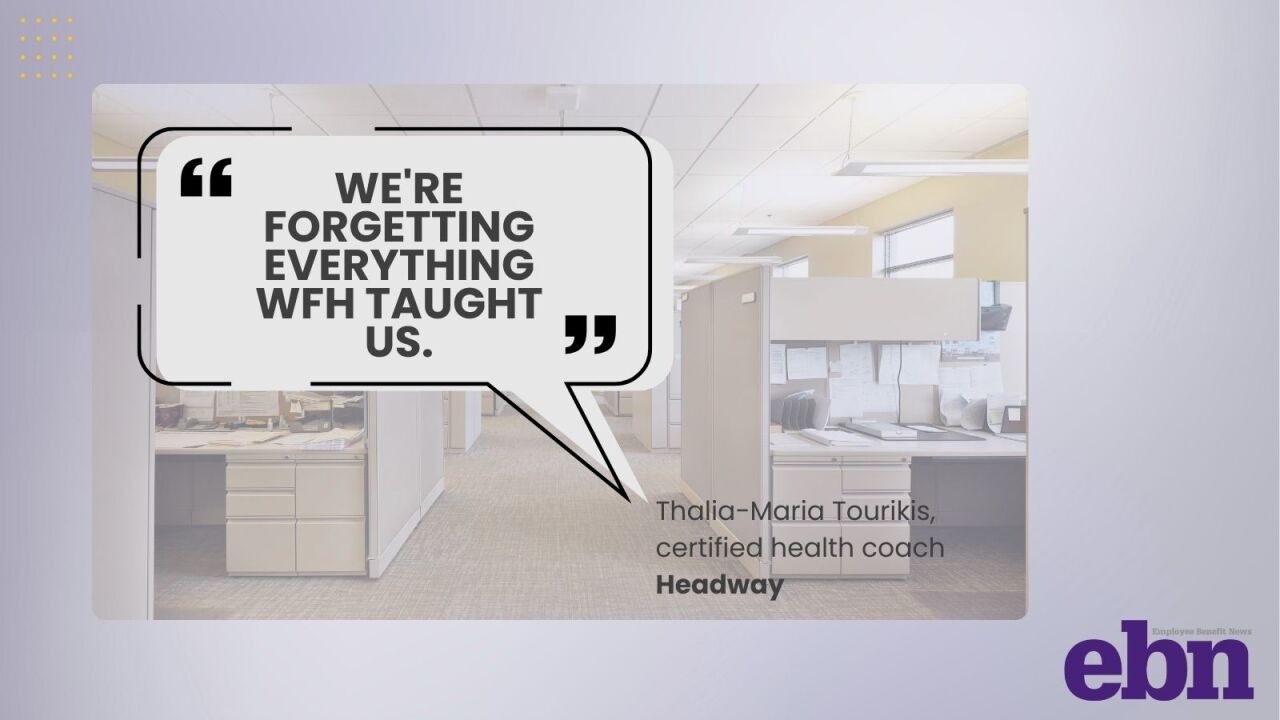Sleep plays an enormous role in our overall well-being, yet sleep disorders and poor sleep are having a negative impact on America’s workforce. The engineer who crashed a commuter train in Hoboken, New Jersey, had
See also:
Quality sleep is important to the entire workforce, not just the transportation industry. One hour of lost sleep can lead to poor decision making and decreased productivity, which can increase an organization’s costs, according to an August 2016 article published by the American Academy of Sleep Medicine. Often a forgotten component of employer wellness programs, every company stands to achieve ROI from a sleep health program by incorporating three elements:

Increase participation through affordability and ease of use
Employees are more likely to engage in sleep wellness programs when out-of-pocket costs are minimized. Some employers completely cover testing and treatment costs to minimize the risk or poor employee follow-through. Not only does this help increase initial engagement, but it also helps promote ongoing participation in sleep health programs after the first screening.
See also:
In addition to offering incentives, making it easy to participate in screening and testing is a crucial next step. Offering employees easily accessible information on how to sign up and how testing works is an important component. Oftentimes, online portals that provide this type of information increase engagement; however, it’s also important to think of other ways to get information to employees in case they don’t have home access to the Internet or aren’t very tech savvy. Providing paper-based options can help ensure you’re not marginalizing part of your employee population while producing the greatest results.
Include sophisticated and multifaceted clinical capabilities
Approximately 29.4 million American adults have sleep apnea, 80% of which are undiagnosed, according to the American Sleep Apnea Association. Sleep apnea can overshadow other sleep disorders or poor sleep hygiene, all problems that affect employees’ alertness, coordination, productivity and susceptibility to other illnesses.
Consider the habits of Americans today versus 40 years ago. At bedtime in 1975, most Americans simply turned off the light and closed their eyes. Today, however, nearly three quarters of Americans who own smartphones sleep with them. Many people use iPads or smartphones to surf the web, play games or read in bed. The light emitted from these devices impedes sleepiness, restricts sleep length and reduces the subsequent day’s productivity and alertness.
Numerous factors, such as poor sleep hygiene and co-morbidities like obesity, hypertension and heart disease, increase the demand for a sleep health program that offers sophisticated, multifaceted care. Besides sleep apnea, more than 100 sleep disorders exist. A program that facilitates proper diagnosis, education and treatment is imperative. Integrating sleep health with an overall wellness or disease management program can also maximize the effectiveness of both programs.
Coach employees over the finish line
Engagement is often a defining success factor for patients. Employers can maximize engagement through frequent educational outreach, emails, and interactive and web-based communication to encourage employees’ participation. Sleep coaches are also highly effective, especially if patients can interact with them remotely. These trained sleep health professionals begin engaging with employees at the first stage of sleep management programs, generally home sleep testing, and act as an advocate, educator and cheerleader. Above all, they keep employees committed to their therapy, an especially crucial job because patients don’t always realize why it is so important. Patients often equate sleep disorders to simpler medical problems such as a toothache or sore throat, which only require a one-time solution. Sleep health is far more complex, often requiring ongoing therapy before resolution.
A more productive workforce and $4,261 savings per employee
The American Academy of Sleep Medicine study of poor sleep’s effect on the workforce found that an employee with undiagnosed sleep apnea costs an employer $6,366 as opposed to a diagnosed employee’s healthcare costs of $2,105, equaling a difference of $4,261. For every 100 employees who are undiagnosed, this cost savings equates to $426,000. Employers’ value isn’t just monetary. Well-rested employees are more productive, miss fewer days due to illness and have fewer accidents. Further, employees experience intangible benefits, such as greater job satisfaction and a willingness to collaborate more extensively. Added up, these benefits build a strong case for sleep health programs.





